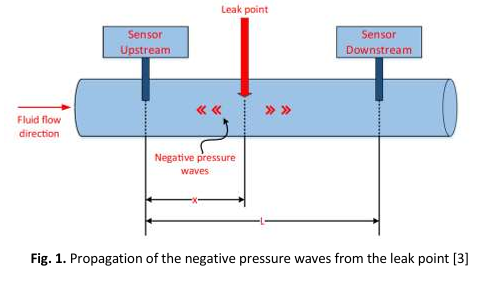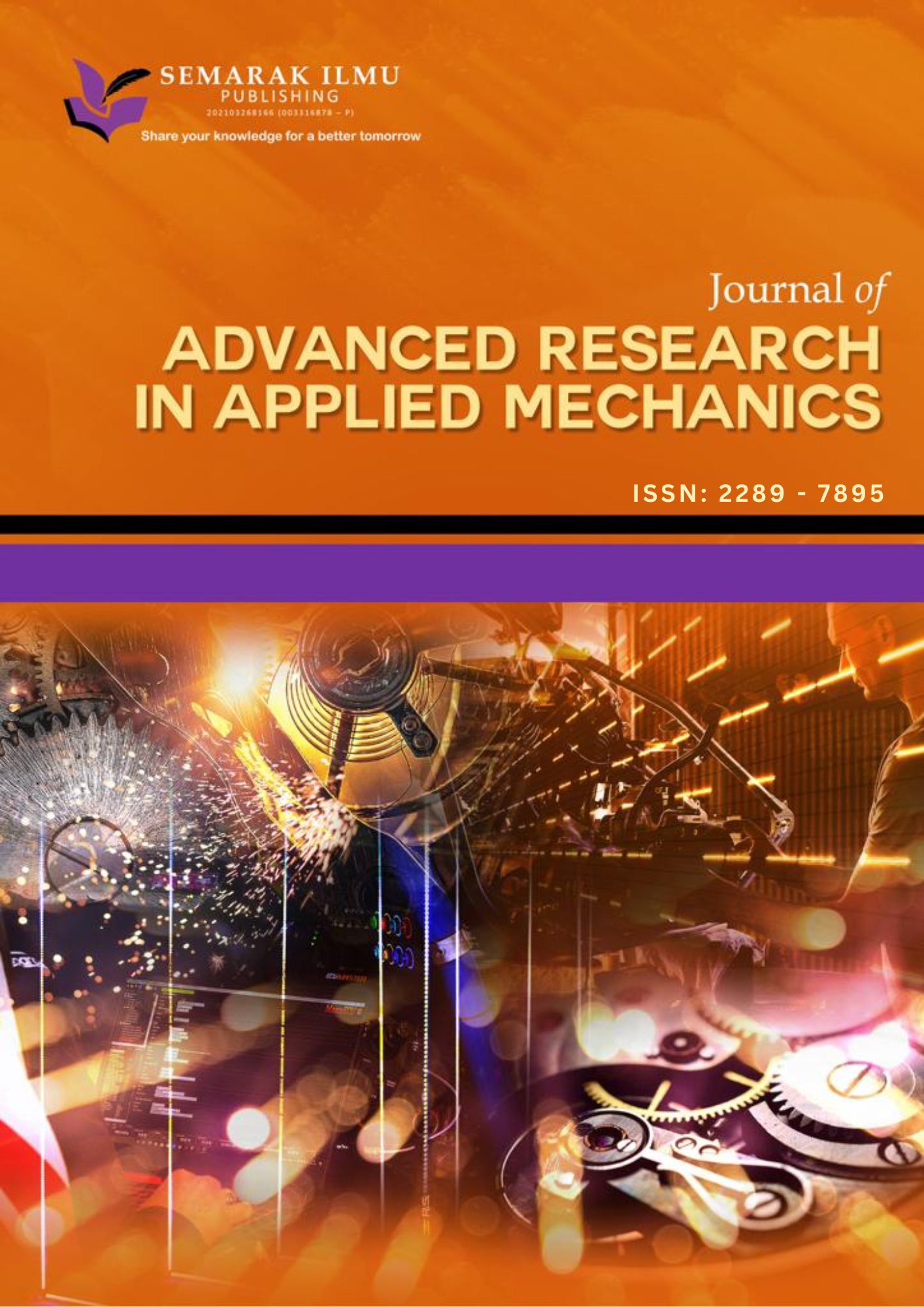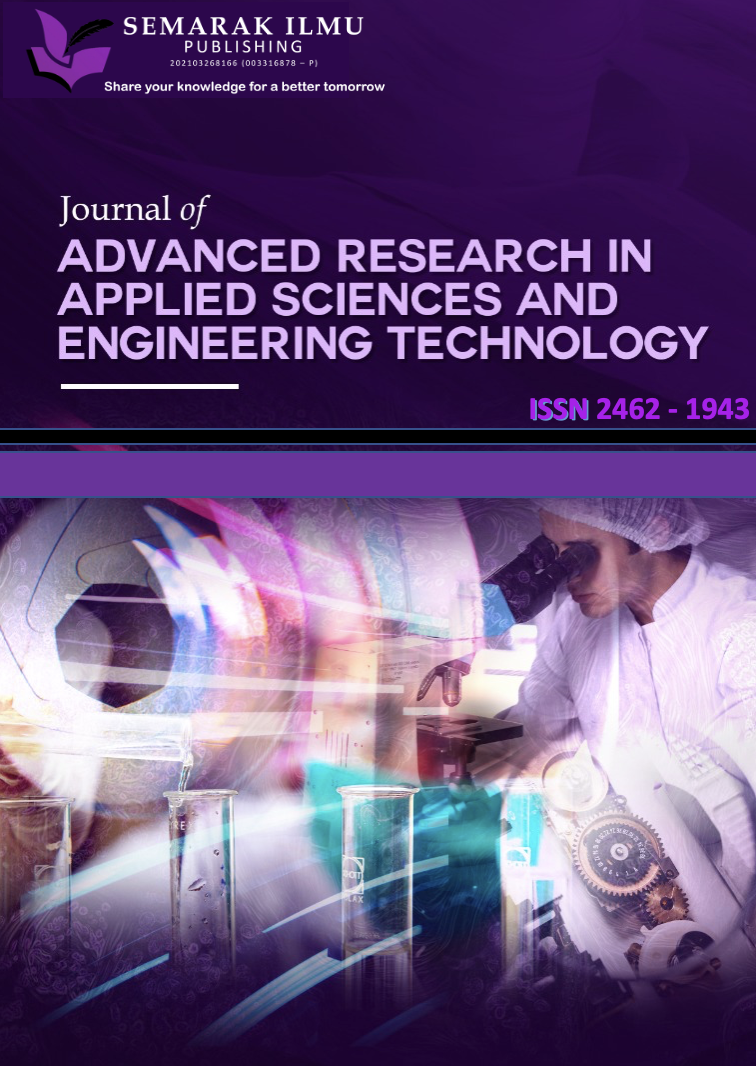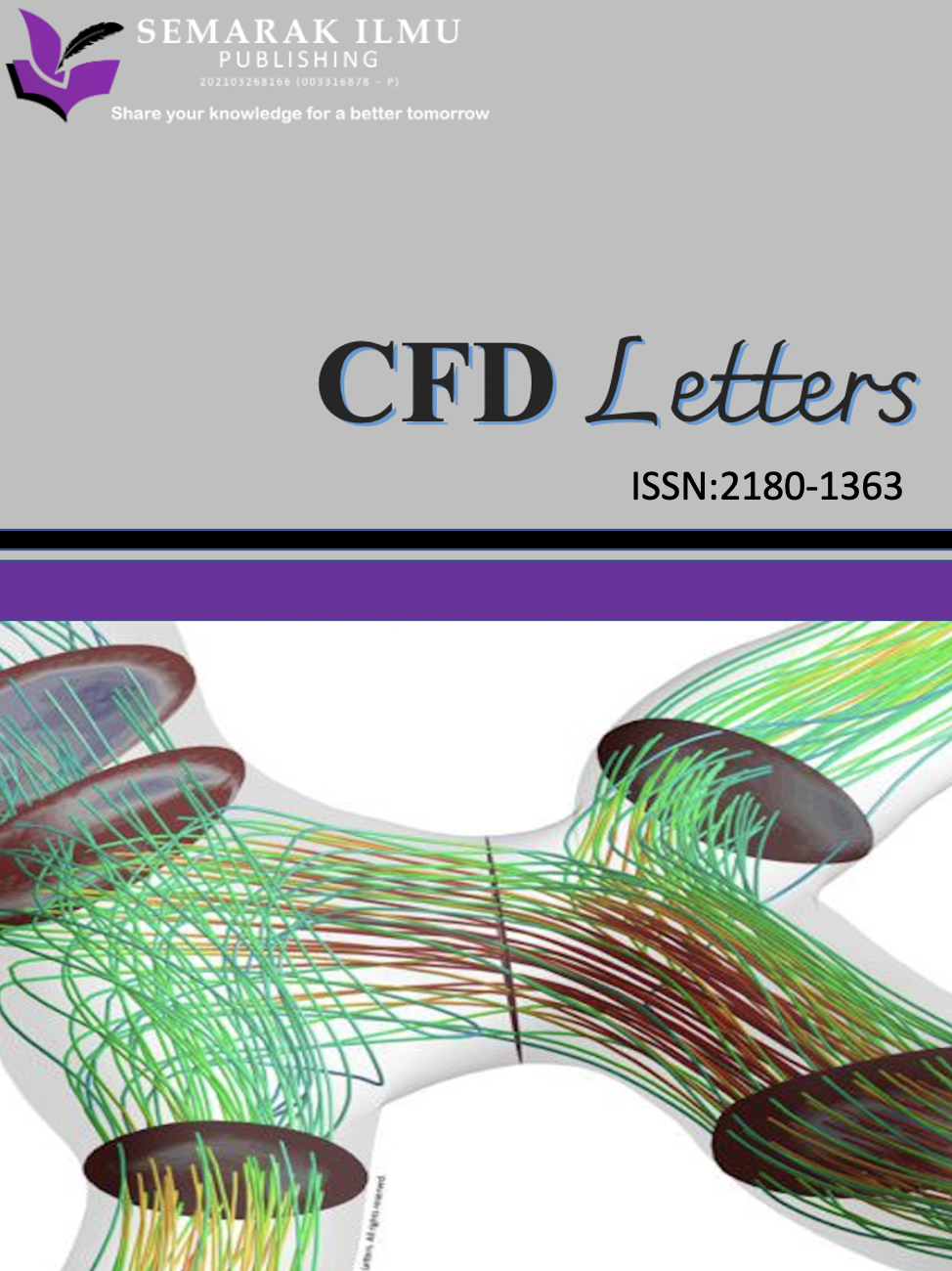Numerical Study of Pipeline Leak Monitoring Based on Negative Pressure Wave Method
DOI:
https://doi.org/10.37934/ard.134.1.123133Keywords:
Structural health monitoring, piezoelectric, negative pressure wave, pipe leak detectionAbstract
Due to its potential as a sensor and actuator in the structural health monitoring sector, the piezoelectric material is widely used in monitoring the damage in pipelines. Monitoring pipeline damage is crucial since damage like fractures and leaks can result in significant losses if they go unreported for a long time. Numerous studies have used piezoelectric to examine the reliability of this sensor for locating pipeline defects and assessing their severity. However, there are limitations when it comes to the numerical research of piezoelectric sensors as global vibration analysis for damage monitoring in pipelines. Hence, the objective of this study is to conduct a numerical study of pipeline conveying fluid with different leak severity based on the negative pressure wave (NPW) for damage monitoring. The pipe’s internal pressure fluctuation and surface strain are needed to obtain the PVDF voltage response. To determine the internal pressure fluctuation, the pipeline is first modelled with the turbulent fluid flow within and simulated in ANSYS Fluent. The surface strain is then obtained by exporting the pressure fluctuation data into ANSYS Transient Structural. The idea which includes piezoelectric as a leak detector and the procedure that may be used to determine the leak severity are also discussed in this study. A total of three pipeline models were examined, each with a healthy pipe as the baseline and a varied damage severity (i.e., 5 mm, and 10 mm leaks) at a location 0.3 m from the inlet. The result illustrates that when pipe damage increases, it creates a higher strain due to the fluid-structure interaction, thus increasing the PVDF voltage output. The proposed methodology has the potential as a leak detector in the pipeline and detects small-scale damages when combined with the impedance-based technique.
Downloads























